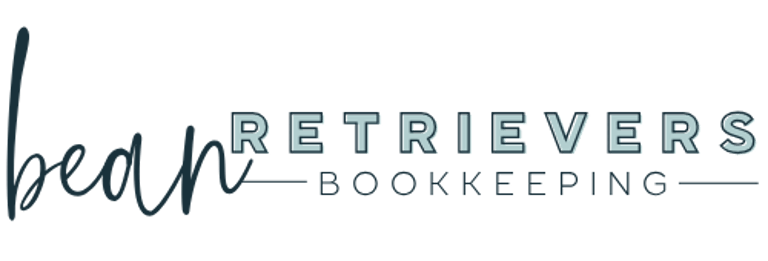Basic Bookkeeping Terms to Know
Simple and uncomplicated terms.
Dianna Jennings
3/9/20232 min read


Account Types
Accounts Receivable
Money owed to your business for services provided and/or products sold. This money counts as revenue earned since you're expecting your customer to pay their bill, and will move from accounts receivable to cash accounts when received. This type of account is listed as an asset on your balance sheet.
Accounts Payable
Money owed by you to your vendors and suppliers but have not yet paid. When paid, your accounts payable balance will decrease. Because this is money you owe, it is a liability account on the balance sheet.
Assets
These are tangible and/or intangible items your business owns that can be turned into cash. Items include vehicles, software, equipment and machinery, cash you already have on hand, cash to be received.
Costs of Goods Sold (COGS)
COGS is money spent by the business to purchase and/or manufacture goods for sale. It can include labor, freight, and materials. For instance, a plumbing company would consider the purchase of plumbing materials as part of their COGS as those materials are used to manufacture and install the finished product.
Liabilities
These are balances owed on loans, credit cards, and payables invoices. Liability accounts are shown on your balance sheet.
Equity
This is money invested in the business by the owner(s). How it is organized can vary by entity type. For instance, a small business may use owner's draws for paying out the owner when payroll is not required while incorporated business will use equity accounts to pay dividends to owners.
Expenses
Money spent by the business that's not directly tied to the sale of goods and services. This may include rent, utilities, administrative payroll.
Revenue/Income
Money earned by your business in the course of selling goods and/or providing services. Transactions for revenue are recorded to income accounts on your chart of accounts and tracked on your Profit & Loss statement.
Common Report Types
Balance Sheet
The balance sheet shows your assets, liabilities, and equity to provide a snapshot of your financial reserves.
Cash Flow Statement
A cash flow statement is a report showing how cash comes in and how it goes back out of your business.
Income Statement
Also referred to as a Profit & Loss report, this is a statement of the profitability of your business. Expenses are deducted from income sources, resulting in a profit/loss amount at the bottom of the report.
